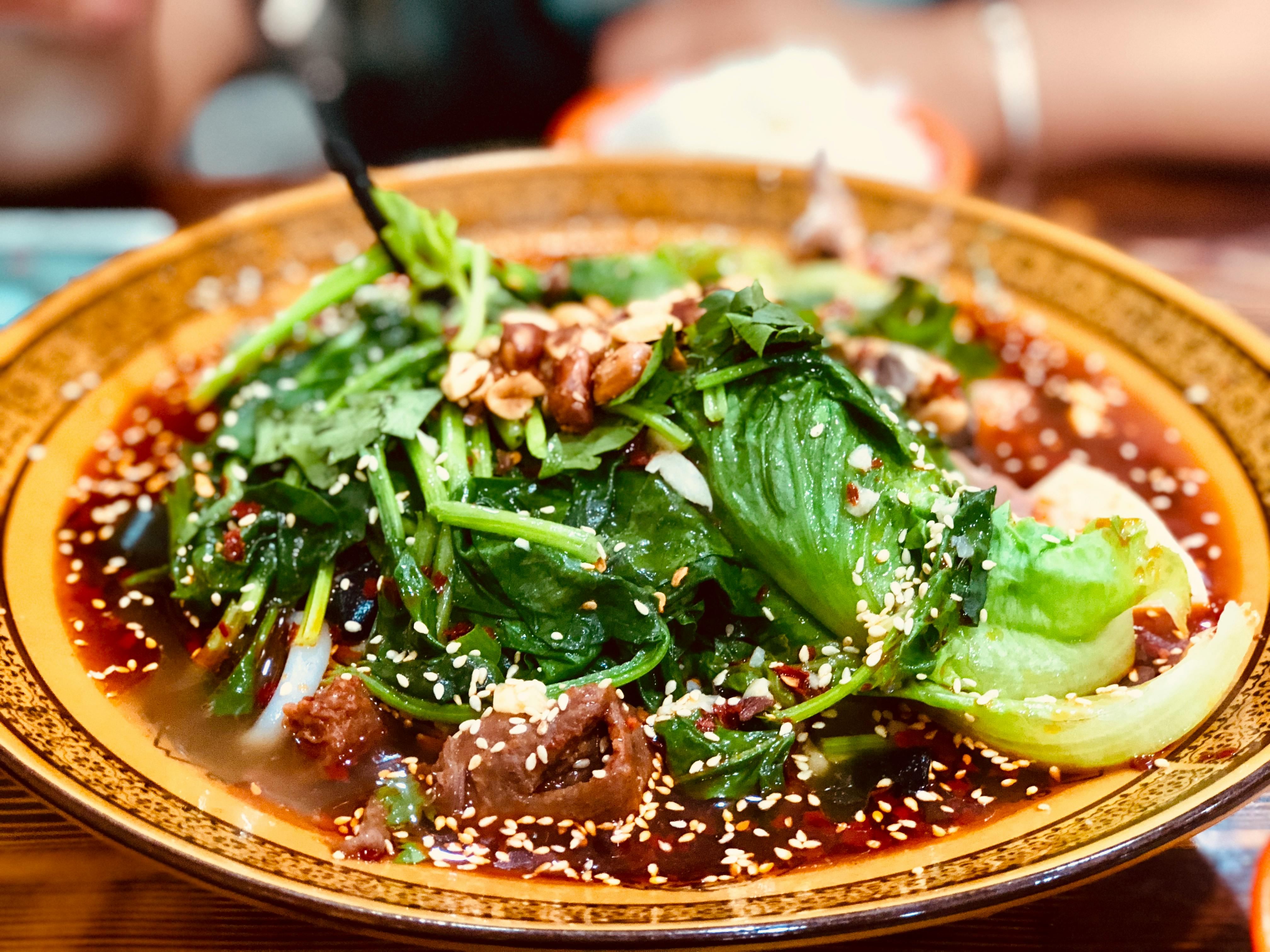Rediscovering Travel through Food: The Phenomenon of Culinary Tourism
If you've ever planned a trip around a must-visit restaurant or food market, or found yourself wandering through unfamiliar streets in search of authentic local cuisine, then you've engaged in culinary tourism. This emerging travel trend has grown exponentially over the past decade, offering travelers a unique, immersive, and delicious way to explore new destinations.

The Origins and Growth of Culinary Tourism
Culinary tourism, also known as gastronomic or food tourism, is not a new concept. Food has always been a vital part of the travel experience, with traditional dishes often reflecting a country’s history, culture, and identity. However, the formal recognition of culinary tourism as a distinct sector within the travel industry is a relatively recent development.
The World Food Travel Association was established in 2003 to promote food and beverage tourism worldwide. Since then, culinary tourism has grown in popularity, with travelers increasingly seeking authentic food experiences as a way to connect with local cultures.
The Appeal of Culinary Tourism
Culinary tourism offers numerous benefits for travelers. It provides the chance to try new flavors and dishes, often prepared using locally sourced ingredients. It also allows travelers to learn about a country’s traditions, history, and social customs through its food.
Moreover, culinary tourism contributes to sustainable tourism practices. By supporting local farmers, artisan producers, and independent restaurants, travelers help to preserve culinary traditions and stimulate local economies.
The Impact of Culinary Tourism
While culinary tourism brings many benefits, it also presents certain challenges. Over-tourism can strain local resources and disrupt community life, while the commercialization of traditional foods can lead to a loss of authenticity.
Despite these challenges, culinary tourism’s overall impact on destinations has been largely positive. It has spurred the revitalization of local food cultures, created new job opportunities, and enhanced the quality of life for local residents.
The Future of Culinary Tourism
The future of culinary tourism looks vibrant and diverse, with new trends continually emerging. These include farm-to-table experiences, cooking classes with local chefs, food festivals, and gastronomic tours.
As travelers become increasingly conscious of their environmental impact, sustainable culinary tourism is also on the rise. This involves seeking out experiences that support local producers, promote biodiversity, and reduce food waste.
Food for Thought
- Culinary tourism encourages exploration beyond typical tourist sites, offering a deeper understanding of local cultures.
- It promotes sustainable tourism by supporting local economies and protecting culinary traditions.
- The trend is evolving to include a wide range of experiences, from farm-to-table dining to food festivals.
While the global travel landscape continues to evolve, one thing remains constant: the universal love for good food. As culinary tourism continues to grow and diversify, it offers a delicious and exciting way for travelers to engage with the world around them.
In conclusion, culinary tourism is a flavorful journey that goes beyond merely tasting food—it’s about immersing oneself in the culture, history, and people behind the cuisine. Whether you’re a lifelong foodie or a curious traveler, it’s a trend that promises to make your adventures even more memorable.




